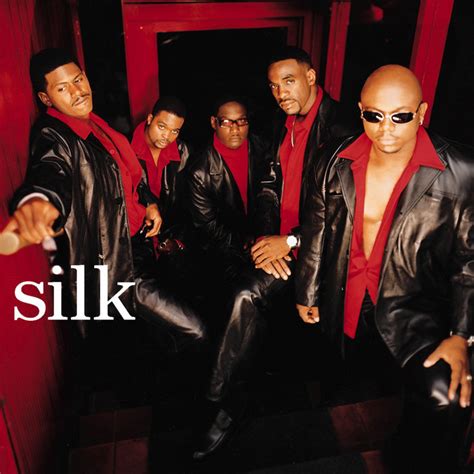The warmth of the sun-baked earth, the gentle curves of Spanish tile, and the rustic elegance of wooden beams all blend together to evoke the unmistakable charm of Mission Revival architecture. This iconic style, born from the sun-kissed landscapes of California and the Southwest, has captivated hearts and inspired builders for over a century. With its rich history, distinctive features, and timeless appeal, Mission Revival architecture continues to influence design and evoke a sense of nostalgia for a bygone era.
Historical Roots: The Mission Era
To understand the essence of Mission Revival, it’s essential to delve into its historical roots. The style draws inspiration from the early Spanish missions, established in the 18th century along the California coast. These missions, built by Spanish friars, were designed to be self-sufficient and blend seamlessly into the surrounding landscape. Constructed from locally sourced materials such as adobe, wood, and tile, they featured simple, functional designs that reflected the harsh realities of frontier life. The missions’ architectural style, characterized by long, low-pitched roofs, curved lines, and minimal ornamentation, would later become the foundation for the Mission Revival movement.
The Revival: A New Era of Architectural Expression
The late 19th century saw a resurgence of interest in the early Spanish missions, driven in part by the romanticism of the era and a desire to reconnect with America’s rich cultural heritage. Architects, inspired by the simplicity, rugged beauty, and historical significance of the missions, began to incorporate elements of this style into their designs. The resulting Mission Revival architecture was a unique blend of old and new, combining traditional materials and techniques with modern innovations and sensibilities.
Key Elements: Defining the Mission Revival Style
So, what sets Mission Revival architecture apart from other styles? Several key elements contribute to its distinctive look and feel:
- Curved Lines and Arches: Inspired by the mission’s use of curved lines and arches, Mission Revival architecture often features sweeping curves, arched windows, and doorways.
- Spanish Tile: The iconic, earth-toned tile is a hallmark of the style, used for roofs, decorative accents, and even entire walls.
- Wooden Beams and Trusses: Exposed wooden beams and trusses add a touch of rustic elegance, while emphasizing the structure’s sturdy, handcrafted nature.
- Stucco and Adobe: Smooth stucco and earthy adobe walls provide a sense of warmth and texture, while blending seamlessly into the surrounding landscape.
- Ornamentation: Mission Revival architecture often features ornate details, such as carved wooden doors, wrought-iron hardware, and intricate tile work.
Contemporary Applications: Timeless Elegance in Modern Design
While Mission Revival architecture has its roots in the past, its influence can still be seen in modern design. From luxury estates to charming bungalows, this timeless style continues to inspire architects, designers, and homeowners alike. By incorporating elements of Mission Revival into contemporary designs, it’s possible to create buildings that not only honor the past but also reflect the needs and sensibilities of the present.
Practical Considerations: Bringing Mission Revival to Life
For those looking to incorporate Mission Revival elements into their own projects, several practical considerations come into play:
- Materials: Choose materials that reflect the style’s emphasis on natural, locally sourced elements, such as reclaimed wood, terra cotta tile, and earthy stucco.
- Scale and Proportion: Pay attention to the balance of scale and proportion, ensuring that the building’s features, from arches to ornate details, are in harmony with one another.
- Context: Consider the surrounding environment and how the building will interact with its landscape. Mission Revival architecture is often at its most striking when it seems to grow organically from the earth itself.
Conclusion: Enduring Legacy of Mission Revival
Mission Revival architecture, with its unique blend of historical depth, cultural significance, and timeless beauty, continues to captivate audiences and inspire new generations of architects, designers, and homeowners. Whether used in its purest form or as a starting point for innovative, contemporary designs, this iconic style remains an enduring part of our architectural heritage, a testament to the power of tradition and the human desire for connection to the past.
What are the key elements of Mission Revival architecture?
+Mission Revival architecture is characterized by curved lines and arches, Spanish tile, wooden beams and trusses, stucco and adobe walls, and ornate decoration.
How can I incorporate Mission Revival elements into my contemporary design?
+Choose materials that reflect the style’s emphasis on natural, locally sourced elements, pay attention to scale and proportion, and consider the context of the surrounding environment.
What is the historical significance of Mission Revival architecture?
+Mission Revival architecture draws inspiration from the early Spanish missions, established in the 18th century along the California coast, and reflects a desire to reconnect with America’s rich cultural heritage.



